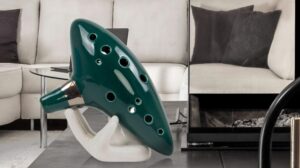
Exploring the Mystical Sounds: The World of the Ocarina
The ocarina is an ancient wind instrument known for its otherworldly and evocative sound. With a history spanning over 12,000 years across cultures worldwide, the

When it comes to taking care of your musical instruments, ocarina requires special attention, especially in terms of disinfection.
Whether you’re a professional musician or a casual player, keeping your ocarina clean and germ-free is crucial for both hygiene and the instrument’s longevity.
This comprehensive guide will walk you through the steps and considerations necessary to ensure your ocarina remains in perfect playing condition.
How important it is to disinfect your Ocarina
The ocarina, a whimsical wind instrument, is prone to accumulate saliva and microbes during play.
Regular disinfection helps prevent the build-up of harmful bacteria, ensuring both the player’s health and the instrument’s pristine condition.
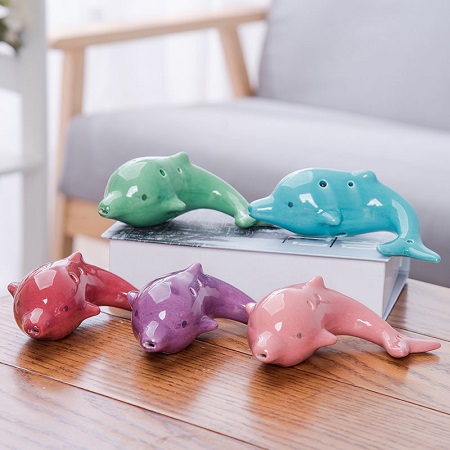
This is particularly important in the context of shared instruments or performances in public spaces, where the risk of transmitting germs and viruses is higher.
Types of Ocarinas and their disinfection needs
Different materials call for different care. Let’s explore how the ocarina’s material affects its disinfection process.
Gently remove any dust or debris from your ocarina. If your instrument has detachable parts, consider removing them for a more thorough cleaning.
This step is essential as it removes any surface contaminants that might interfere with the effectiveness of the disinfectant. It’s also a good opportunity to inspect your ocarina for any signs of wear or damage.
Select disinfectants that are safe for your ocarina’s material. Alcohol-based solutions work well for most ocarinas, but always check manufacturer recommendations.
Natural options like white vinegar diluted with water can also be effective, particularly for those who prefer eco-friendly solutions.
However, it’s important to note that certain natural solutions might not be as effective against all types of bacteria and viruses.
To ensure a thorough disinfection of your ocarina, it’s vital to apply the disinfectant with care and precision. Here’s an expanded guide on how to do it effectively:
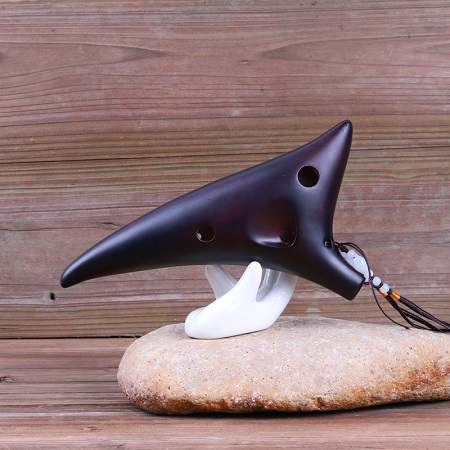
Begin the disinfection process by slightly moistening a soft, lint-free cloth or a sponge with the disinfectant you have selected.
Carefully wipe across the entire surface of the ocarina, meticulously covering each area while being cautious not to drench the instrument, as over-saturation could cause damage.
If you’re using a spray disinfectant, keep the bottle at an appropriate distance from the ocarina and apply a fine mist, aiming for uniform coverage.
This method ensures that the disinfectant reaches all parts of the instrument’s exterior without leaving excess liquid that could seep into and harm the ocarina.
The mouthpiece and finger holes on an ocarina are areas that frequently come into contact with the player’s hands and mouth, making them particularly susceptible to germ accumulation.
Therefore, they require extra attention during the disinfection process. To effectively clean these areas, employ a cotton swab or a small, soft-bristled brush.
These tools are ideal for applying disinfectant inside the narrow mouthpiece and finger holes, reaching into these tighter spaces with ease.
This method ensures that every nook and cranny is addressed, preventing any part of the ocarina from being left untreated and maintaining a high standard of cleanliness.
When disinfecting your ocarina, it’s critical to avoid immersing it in disinfectant. Excessive moisture can penetrate the instrument, particularly in wooden ocarinas, where it can cause significant damage.
Issues like warping, structural weakening, or compromised integrity of the material are common problems caused by too much moisture. Therefore, a gentle and controlled application of disinfectant is essential.
Lightly apply the solution to avoid saturating the instrument, focusing on maintaining the ocarina’s condition while effectively sanitizing it.
After applying the disinfectant, let it sit on the surface of the ocarina for the time specified by the disinfectant manufacturer.
This duration, often referred to as the contact time, is essential for the disinfectant to effectively neutralize and kill the germs on the surface.
The recommended contact time can vary depending on the product, so it’s important to refer to the product instructions.
After the advised contact time for the disinfectant has passed, take a fresh, dry cloth and softly wipe down the ocarina’s surface. This step is crucial to remove any lingering disinfectant.
It’s important to ensure that no residue remains, as leftover disinfectant can potentially harm the instrument’s surface, altering its appearance and potentially impacting its acoustic performance. Carefully check all areas, especially crevices and under the finger holes, to ensure a thorough clean.
Ensure your ocarina is completely dry before storing it. Avoid exposing it to extreme temperatures or direct sunlight during the drying process.
A soft, lint-free cloth can be used to gently pat dry the instrument. If your ocarina is made of wood, ensure it’s thoroughly dried to prevent any warping or cracking.
Regular Disinfection of Your Ocarina: It’s essential to disinfect your ocarina on a routine basis, particularly after it has been used in public spaces or during the cold and flu season, to prevent the spread of germs.
After thoroughly disinfecting and drying your ocarina, it’s crucial to store it in an environment that ensures its longevity and maintains its quality.
Choose a spot that is clean and dry, away from any potential sources of dirt or moisture. If you have a dedicated case or pouch for your ocarina, ensure that it too is clean and completely free of dust and debris.
This helps prevent any accidental contamination when the instrument is not in use. It’s also important to avoid places with high humidity or significant temperature fluctuations.
Environments like these can cause irreparable harm to your ocarina, potentially warping the material or affecting the tuning and sound quality. Proper storage is key to preserving your instrument’s condition and ensuring that it remains a reliable and beautiful source of music for years to come.
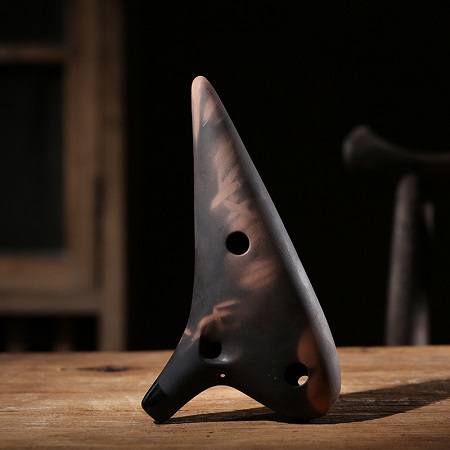
If your ocarina is showing signs of significant buildup or has suffered any damage, it may be necessary to seek professional assistance.
Often, deep-set grime or more severe structural issues cannot be adequately addressed with basic surface disinfection and cleaning methods.
A professional can provide specialized care and repair techniques that are essential for restoring the instrument’s functionality and preserving its sound quality.
Moreover, attempting to fix complex problems on your own could lead to further damage. Trusting an expert ensures your ocarina receives the proper treatment it needs to continue producing beautiful music.
Disinfecting your ocarina is a key aspect of its maintenance, ensuring it remains a hygienic and beautiful instrument for years to come. With the right care and regular disinfection, your ocarina will not only sound its best but also be a safe and reliable companion in your musical journey.
Remember, the care you give to your instrument reflects the care you give to your music. Keep playing, keep disinfecting, and let your ocarina sing its best tune!
The joy of music is in its sharing, and by keeping your ocarina clean, you ensure that this joy is spread without any harm. Regular disinfection, coupled with proper care and storage, will ensure that your ocarina continues to provide beautiful music for years to come.
Can I use hand sanitizer to disinfect my ocarina?
While hand sanitizers are great for your hands, they’re not always suitable for ocarinas. Many contain additives that can harm the instrument’s surface. It’s best to stick with recommended disinfectants that are safe for your ocarina’s material.
How can I tell if my ocarina is properly disinfected?
A properly disinfected ocarina should have no residue or odor from the disinfectant. If you’ve followed the correct disinfection process and allowed it to dry completely, your instrument should be safe to use.
Is it safe to share my ocarina after disinfecting it?
Yes, it’s generally safe to share your ocarina after a thorough disinfection. However, it’s always best to disinfect again before and after sharing, as a precautionary measure.
How often should I replace my Ocarina’s case or pouch?
Replace your case or pouch if it becomes dirty or shows signs of wear. A clean, intact case is crucial for protecting your ocarina from dust and damage, especially after disinfection.
Can I air-dry my ocarina outside in the sun?
It’s not recommended to air-dry your ocarina in direct sunlight, as this can cause damage, especially to wooden ocarinas. Instead, dry it in a well-ventilated area away from direct heat or sunlight.


The ocarina is an ancient wind instrument known for its otherworldly and evocative sound. With a history spanning over 12,000 years across cultures worldwide, the
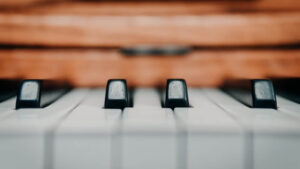
When it comes to preserving the charm and sound of your ocarina, storage is key. Just like a treasured book or a fine wine, your

The world of music is filled with diverse and captivating instruments, and among them, the ceramic ocarina stands as a unique and charming creation. With

The enchanting melodies of an ocarina have the power to transport us to distant realms and evoke emotions like no other instrument. However, there are
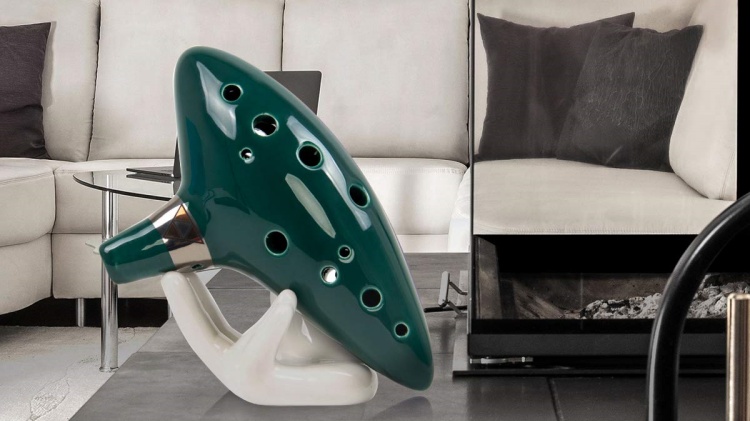
The ocarina is an ancient wind instrument known for its otherworldly and evocative sound. With a history spanning over 12,000 years across cultures worldwide, the

When it comes to taking care of your musical instruments, ocarina requires special attention, especially in terms of disinfection. Whether you’re a professional musician or
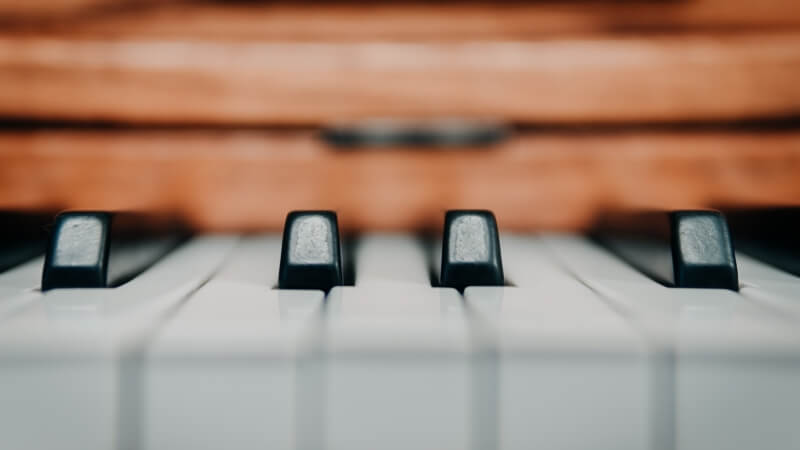
When it comes to preserving the charm and sound of your ocarina, storage is key. Just like a treasured book or a fine wine, your

The world of music is filled with diverse and captivating instruments, and among them, the ceramic ocarina stands as a unique and charming creation. With
Copyright © 2024 echofluteocarinas. All Rights Reserved.